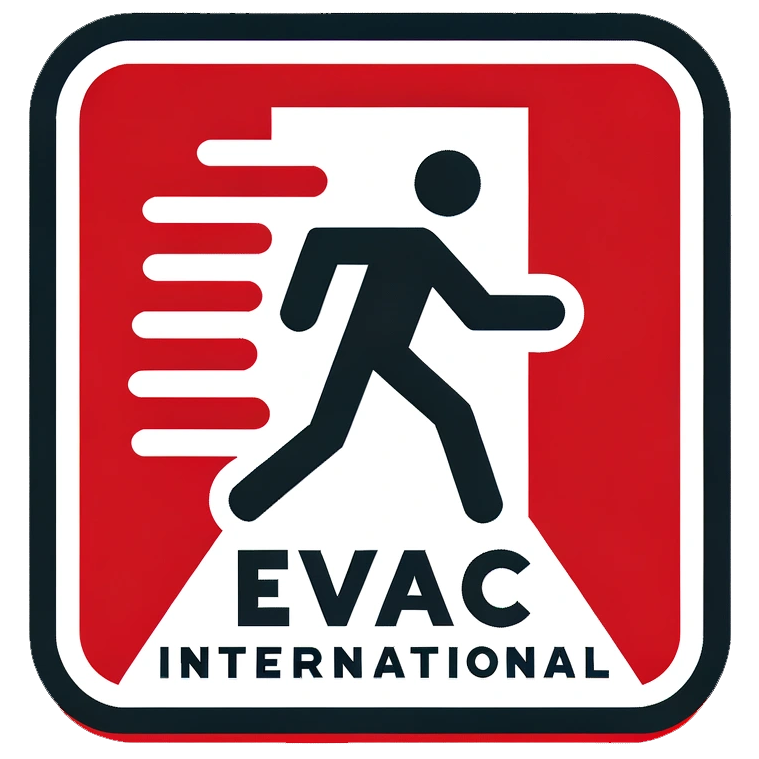As a fire safety and evacuation expert, it is my strong belief that companies and public buildings must have evacuation chairs in place to protect the public in the event of an emergency. When it comes to emergency evacuation procedures, every second counts, and having the right equipment can mean the difference between life and death. In this article, I will discuss the importance of evacuation chairs, their benefits, and why it is crucial for companies and public buildings to prioritize the safety and well-being of their occupants.
Evacuation chairs, also known as stair chairs or evacuation sleds, are specialized devices designed to assist individuals with limited mobility in safely evacuating a building during an emergency. These chairs are particularly essential for people with disabilities, elderly individuals, or anyone who may have difficulty navigating stairs or using traditional exits. In a fire or other emergency situation, the ability to quickly and safely evacuate all individuals from a building is of utmost importance, and evacuation chairs play a critical role in achieving this goal.
One of the primary benefits of evacuation chairs is their ability to provide a safe and efficient means of descending stairs for individuals who may have difficulty walking or standing for extended periods. The design of these chairs allows for smooth and controlled movement down staircases, reducing the risk of injury or strain to both the individual being evacuated and the individuals assisting with the evacuation. Additionally, evacuation chairs are compact and lightweight, making them easy to store in designated locations throughout a building and quickly deploy in the event of an emergency.
In my experience, I have seen firsthand the impact that the presence of evacuation chairs can have on the overall safety and accessibility of a building. By having these devices readily available, companies and public buildings demonstrate a commitment to ensuring the safety and well-being of all occupants, regardless of their mobility limitations. This proactive approach not only enhances the overall emergency preparedness of the building but also provides peace of mind to both occupants and visitors, knowing that proper measures are in place to assist them in the event of an emergency.
Furthermore, the presence of evacuation chairs can also have a positive impact on compliance with accessibility and safety regulations. In many jurisdictions, there are legal requirements and building codes that mandate the inclusion of evacuation devices for individuals with disabilities. By investing in evacuation chairs, companies and public buildings not only uphold their legal obligations but also create a more inclusive and accessible environment for all individuals, regardless of their physical abilities.
It is important to note that the use of evacuation chairs also requires proper training for staff and designated individuals who may be responsible for assisting with evacuations. Training in the proper operation of evacuation chairs, as well as in techniques for safely evacuating individuals with disabilities, is essential to ensure that the devices are used effectively and efficiently in an emergency situation. Additionally, regular drills and practice scenarios can help familiarize all personnel with the use of evacuation chairs, further enhancing the overall readiness of the building for potential emergencies.
In conclusion, the inclusion of evacuation chairs in companies and public buildings is a crucial aspect of comprehensive emergency preparedness and safety planning. By prioritizing the accessibility and well-being of all occupants, these devices play a vital role in ensuring that individuals with limited mobility can be safely and efficiently evacuated in the event of an emergency. I urge all companies and public buildings to recognize the importance of evacuation chairs and take proactive steps to incorporate them into their emergency preparedness plans. By doing so, they not only enhance the overall safety and accessibility of their facilities but also demonstrate a genuine commitment to the welfare of their occupants.

